
What Should a Landlord Look for in a Rental Property Inspection?
Rental property inspections are a good way to catch small problems before they become big ones.
Every once in a while, landlords may want to check on their property to make sure everything is running smoothly. But what should you look for and how often should you inspect?
What does a rental property inspection entail?
There are four major types of inspections:
- Move-in inspection
- Move-out inspection
- Routine inspection
- Drive-by inspection
A landlord conducts a move-in inspection with a new tenant before they move into the property. For the tenant, it’s an opportunity to spot any issues that need to be repaired before move-in. For the landlord, it provides a baseline for comparison when the tenant moves out.
A move-out inspection lets you examine the condition of your property after the tenancy is over and before you return the security deposit. Comparing the current condition to what you found during the move-in inspection will help you know if the tenant caused any damages or if the changes you see are simply a result of normal wear and tear. For most move-out inspections, tenants have a right to be present if they choose.
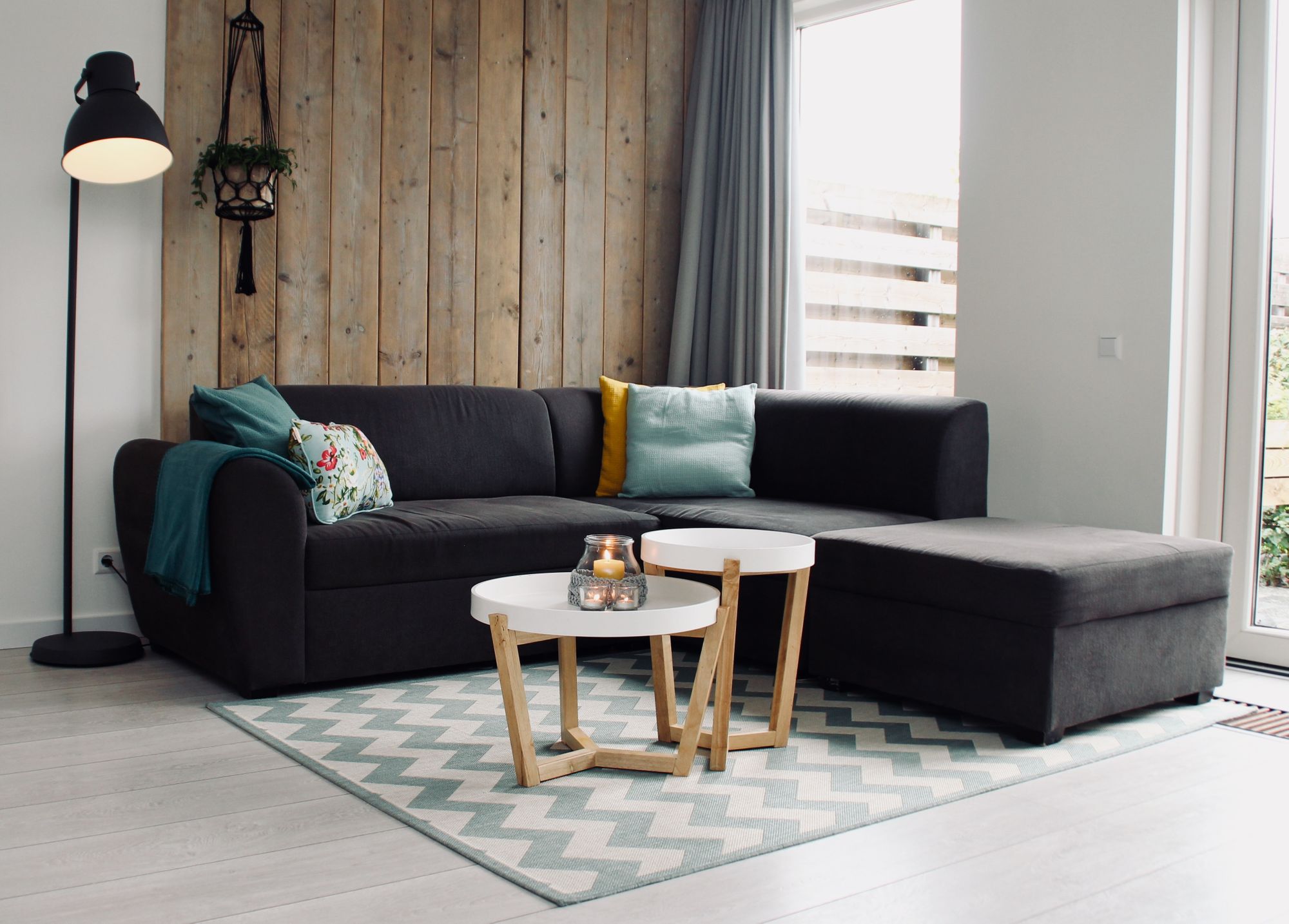
Move-in and move-out inspections may have different requirements depending on the state. Some states require checklists or a minimum amount of notice you must give before the move-out inspection. For example, Washington state requires a move-in checklist that both the tenant and landlord must sign. In California, landlords normally need to give 24 hours’ notice before entering the property; however, California law requires 48 hours’ notice before a move-out inspection.
Related: Right of Entry Laws by State
In any case, it’s a good idea to use a checklist and take pictures during the move-in and move-out inspections. Having some form of documentation can lessen the likelihood of a dispute over the security deposit.
Related: How to Get Your Security Deposit Back
A drive-by inspection is what it sounds like; a landlord can pass by the property only to view the exterior. While not a detailed inspection, it may be helpful when addressing issues relating to the lawn, garden, or unauthorized pets. Landlords do not need to give notice to drive by the property, but they should be judicious about how frequently they do so. If it becomes a nuisance, tenants may feel you are violating their legal right to quiet enjoyment of the premises.
A routine inspection is made while the tenant is occupying the unit. These inspections let the landlord view the property before the end of the lease to ensure everything is in working order. They also allow you to point out any issues you see and give the tenant time to address the problem.
For routine inspections, remember to follow your state’s laws for proper notice to enter the unit. This is usually 24-48 hours, but each state has different requirements. Tenants have the right to know when you will be coming onto the property, and landlords may not conduct “surprise inspections” without notice.
Why should you inspect your rental property?
Most landlords conduct move-in and move-out inspections. Aside from being a legal requirement in some states, it’s a good idea to take stock of the property’s condition during a move-in inspection before handing the keys over to a tenant. Conducting a detailed move-out inspection helps you to know how many deductions (if any) to take from the security deposit.
Routine inspections are different. Regular inspections allow you to proactively deal with issues your tenant may not have noticed or reported. In this way, an inspection can help catch small issues before they become major problems resulting in property damage or unexpected costs.
For example, your tenants may not have thought a dripping faucet was important enough to report. However, slow leaks that are left unresolved can rack up an expensive water bill. Similarly, a small hole in a window screen may not seem significant at first glance, but if it’s letting in pests, then it should be patched immediately.
Routine inspections also set a good tone for your renters. It lets them know that you are someone who cares about the property and expects them to do the same.
How often should a landlord inspect the property?
The answer depends on your personal preferences, how close you live to the property, and how much you trust your tenants to take care of the unit.
What follows are some of the more common inspection schedules:
- Every quarter
- Every 4 months
- Every 6 months
- Once a year
- When the lease ends (move-out inspection only)
Choose a schedule that works for you. Try to strike a balance between giving your tenants their privacy and keeping an eye on the property. If inspections are more frequent than once every three months, it starts to feel like an intrusion. Tenants may even claim you are violating their right to privacy or quiet enjoyment of the premises. These are both legal rights for tenants, even if they are not included in your lease agreement.
What to Look for in a Routine Property Inspection
Landlords should consider the following areas for routine inspections:
Flooring and Walls
What is the state of the carpet? Look for worn areas or torn patches that need to be repaired. If you have hardwood floors, note the condition and any scuff marks. Sometimes tenants may drag chairs or other pieces of furniture along the floor. If you can catch it early and change this habit, then there is less damage to the wood.
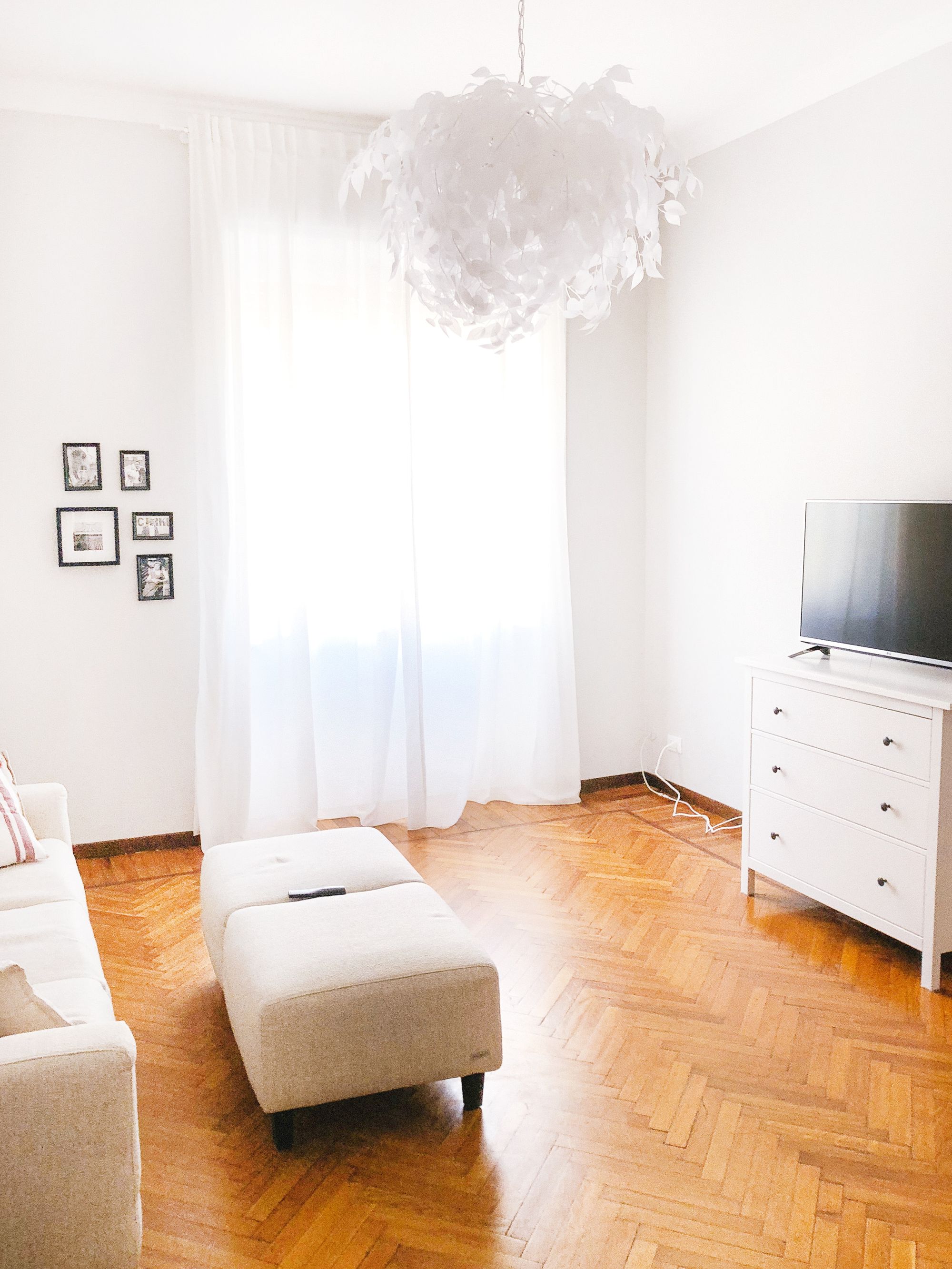
Signs of Water Damage or Slow Leaks
Check for leaks, especially slow leaks that a renter could easily miss, like dripping faucets or running toilets. Check under sinks for any signs of water damage from leaking drain pipes.
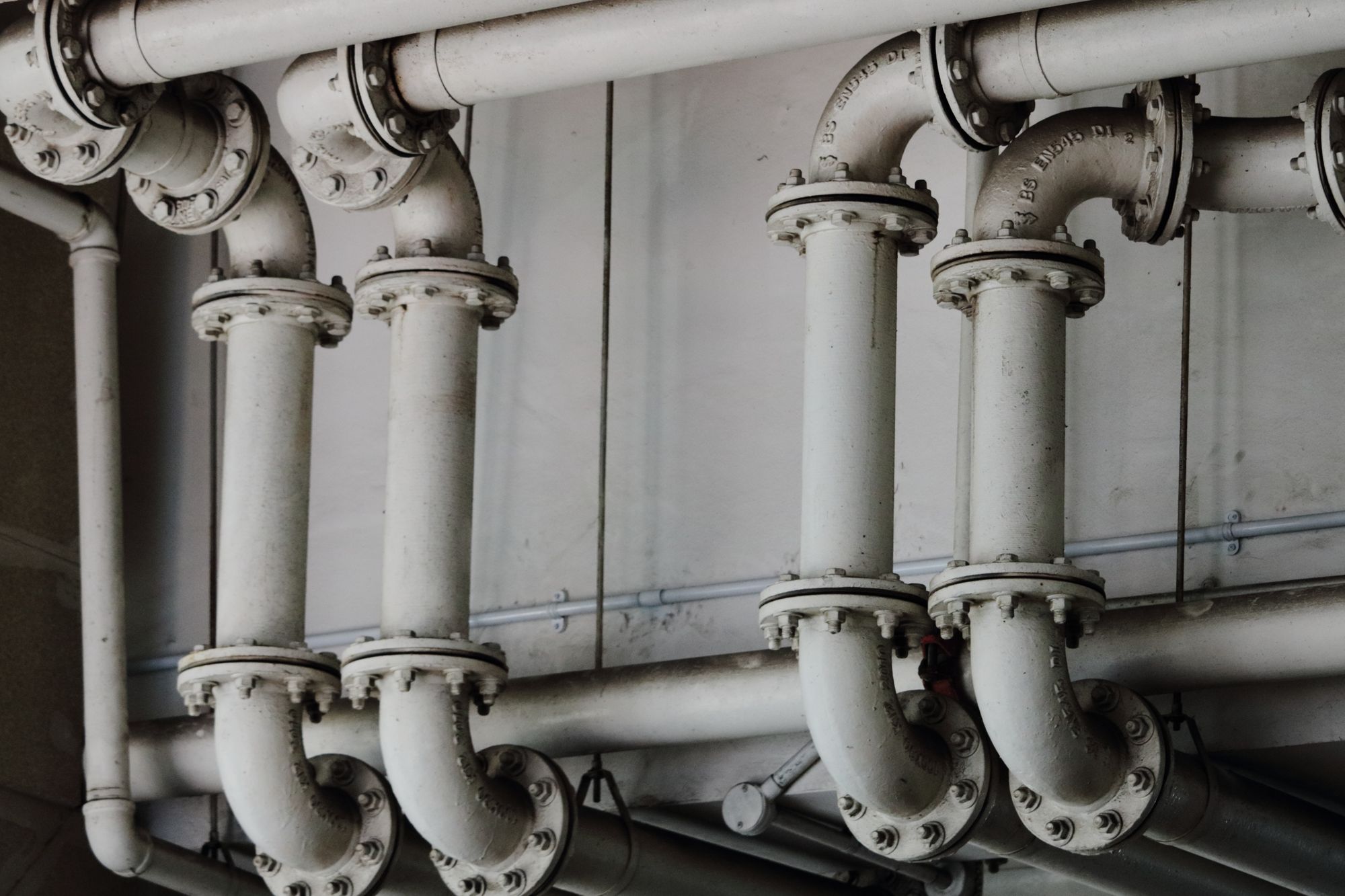
Smoke Detectors and Carbon Monoxide Detectors
Make sure these devices are in proper working order. Many landlords use routine inspections as an opportunity to change the batteries on the smoke detectors and carbon monoxide detectors. While some may argue that this is a tenant’s responsibility, having a non-functioning smoke detector or carbon monoxide detector can be a serious liability. With the threat of injury or legal action, many landlords undertake this task themselves.
Change Air Filters
Most sources recommend changing HVAC filters once every 3 months. For houses with pets or tenants with allergies, air filters may need to be changed more frequently.
Unauthorized Pets
Even if you allowed your tenant to get a pet, it’s still a good idea to make sure there aren’t any extra pets on the property, as more animals increase the wear and tear on the unit.
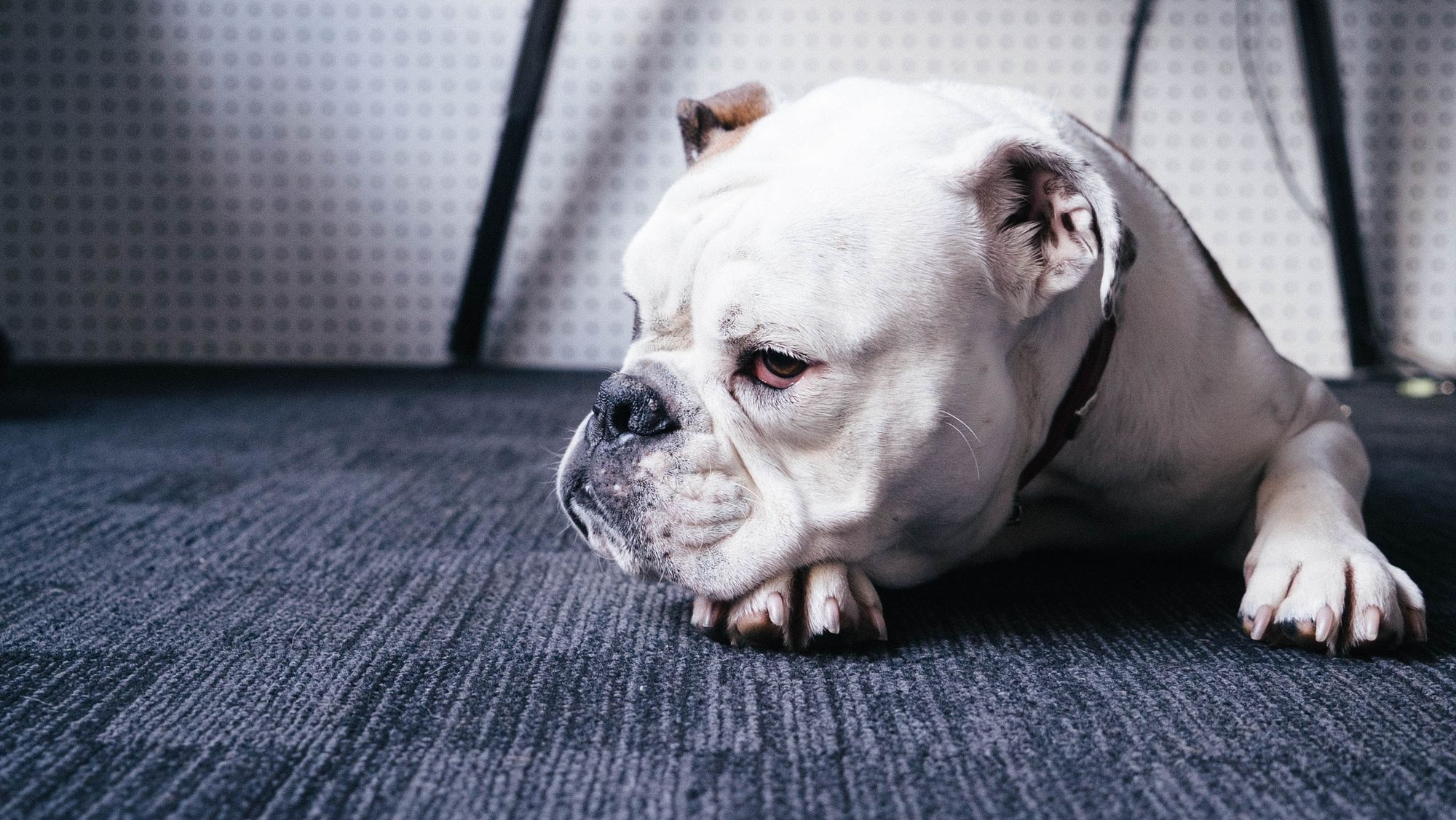
Smoking
If your lease demands a smoke-free environment, then it’s important to make sure tenants are following your requirements. Smoking damage can be expensive to repair, and it’s better to catch it early. Look for signs of smoking: yellowed ceiling or walls, tobacco odor in the carpet and curtains, or used ashtrays.
Pests
Whether it’s an army of ants or a slowly growing wasps’ nest, no landlord wants a pest-ridden property. Check for signs of unwelcome critters and ask your tenants if they have been having any issues with pests. Take appropriate action.
General State of the Property
Overall, how does the property seem to you? Are there any areas that surprised you? Any unauthorized paint colors or overflowing trash bins? If there are other issues that come up, be sure to address them with the tenants. Sending a follow up message in writing will give everyone more documentation about the issue.
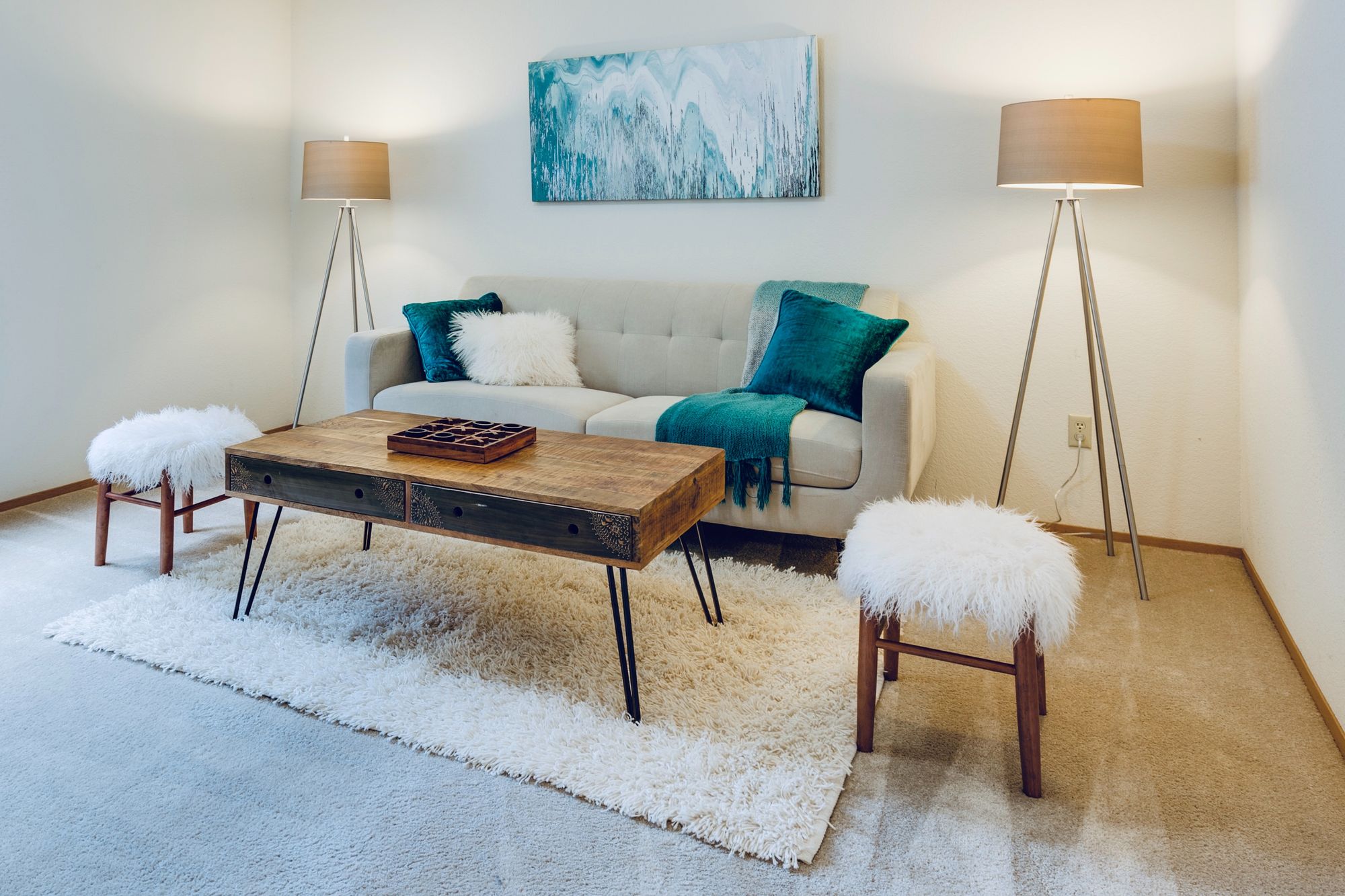
Ask Your Tenants
While it’s your property, your tenants are the ones living there. They will most likely be the first to notice any issues. Ask them if everything has been working well or if there are any problems. Letting them point you toward the most critical issue may save you some time.
Final Word
Property inspections are a smart way to protect your investment. Keeping a regular inspection schedule during tenancy can help prevent problems and create a better rental experience for both you and your tenants.








